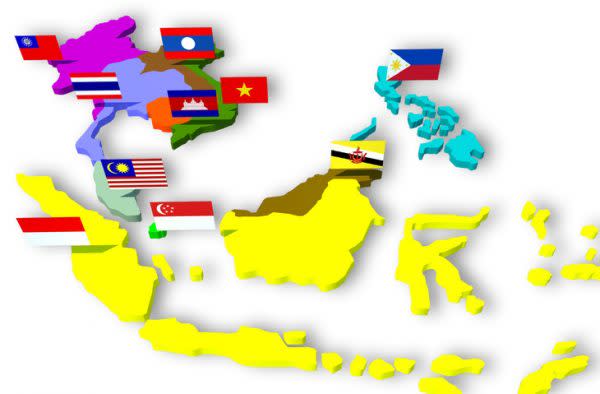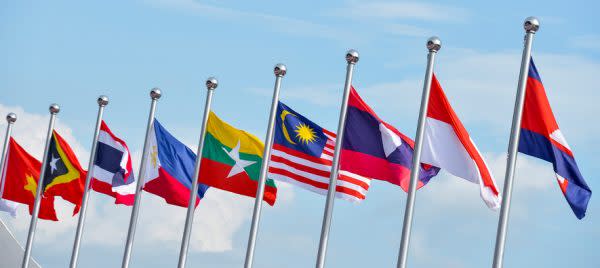Singapore bonds in the ASEAN region

The largest bonds market in the ASEAN region apart from Singapore exists in neighbouring Malaysia. Malaysia is also home to the largest Islamic bonds, or sukuk, market in the region.
Sukuks are bonds that comply with the rules of Islamic Shariah.
As of the second quarter of 2016, Malaysia had US$289bil in bonds outstanding. Of this amount, US$160bil were bonds issued by the government and the remaining US$129bil were corporate bonds.
From the yield curves of Malaysian government bonds of different terms to maturity, it may be reasonable to think that the prospects of high GDP growth and expected inflation rates explain these higher yields compared to their Singapore counterparts.

Bonds in Thailand

Source: Thinkstock/Getty Images
Thailand, too, has a relatively large and well developed bonds market by regional standards. At the end of the second quarter of 2016, total bonds outstanding were US$295bil, of which US$220bil were government bonds and US$75bil were corporate bonds. Yield curves for Thai bonds of selected times to maturity are shown below.

Thailand seems to buck the trend. Despite being rated lower than Malaysia by most rating agencies, yields for Thai bonds of various terms to maturity are substantially lower than their Malaysian counterparts.
This can be explained partially by the expectations of slower economic advancements in the coming years in Thailand due to political uncertainty and a sluggish global economy taking its toll on the Thai tourism sector and exports.
Indonesia, Philippines and Vietnam remain high risk markets offering high yields

Source: Thinkstock/Getty Images
Fitch and R&I give Indonesia a sovereign rating of BBB- each. RAM and S&P more or less agree. They give Indonesia a sovereign rating of BBB2 and BB+, respectively.
That means, in general, Indonesia is deemed creditworthy enough to invest in but constant attention needs to be paid to changes in circumstances to ensure investments are safe.
Philippines and Vietnam are broadly within the same bracket as Indonesia, according to these four rating agencies.
None of these countries’ bond markets are as developed or as liquid as the three major ASEAN markets of Malaysia, Singapore and Thailand that have been discussed.
It must also be remembered that the Singapore government usually does not run budget deficits that would require issuance of government bonds, unlike most other governments in the world that have accrued huge deficits and usually finance such deficits through government securities such as bonds and T-bills.
(By Sarah Voon)
Related Articles
- Key financial jargon you need to know for successful investment in bonds – Part 2
- Key financial jargon you need to know for successful investment in bonds – Part I
- Why Singapore savings bonds should be a part of your portfolio

 Yahoo Finance
Yahoo Finance 
